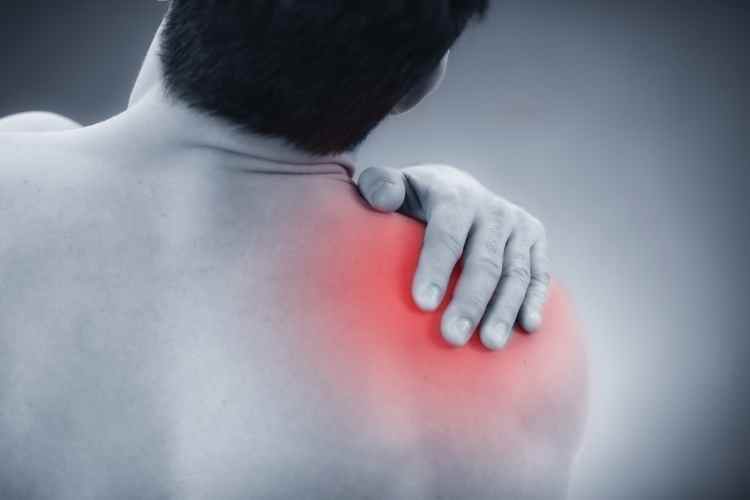The shoulders are among your body’s most mobile joints. Shoulder pain indicates an injury or irritation of your shoulder or surrounding tissues. Shoulder pain ranges from mild to severe and can alter your ability to move your arm freely or perform regular duties.Cumming shoulder pain can result from trauma, overuse, or medical conditions. Sometimes you can relieve shoulder pain with home treatments. But see your doctor if your shoulder joint looks deformed, have extreme pain, or you cannot use your shoulder at all. You are at high risk of developing shoulder pain if you engage in sports or activities that involve repetitive use of your shoulders. Shoulder pain can result from many factors, including:
Fractures
Fractures are bone breakage or cracks. They can result from a fall or a hard hit. Shoulder fractures mostly happen to the collarbone and the arm bone closest to your shoulder. They cause severe pain that may increase with movement, swelling, and bruising. If your collarbone breaks, your shoulder might sag, or you might be unable to lift your arm. A simple fracture can heal with a sling, cold compressions, and rest. Severe fractures may require surgery to realign broken bones.
Cartilage tear
Cartilage is the rubbery padding that surrounds the rim of your shoulder joint. Cartilage tears can result from repetitive motion, a fall, or when your shoulder absorbs extreme force. This shoulder injury can cause pain when lifting your arm to reach your head. Your shoulder may also seem weak and feel like catching, locking, or grinding. Shoulder pain from cartilage tears may worsen at night or while doing activities.
Rotator cuff tear
A rotator cuff is a group of muscles and tendons in the shoulder that hold the arm in place and allow you to lift your arm overhead. The rotator cuff injury can result from overuse or a fall. Aging also leads to wear and tear of your rotator cuff. When you have a rotator cuff tear, your shoulder may hurt at night or when you try to lift objects. You may hear a crackling sound when you move your shoulder.
Bursitis
Bursitis is the irritation or inflammation of the bursa. The bursa is a fluid-filled sac that cushions the joints. Bursitis mostly happens in your shoulder, elbow, and hip, but it can also affect your knee and heel. Bursitis can be caused by repetitive motion. It is common in basketball players. When you have bursitis, the pain worsens when you move your shoulder. With correct treatment, bursitis goes away within a few weeks.
Osteoarthritis
Osteoarthritis is a type of arthritis that affects many joints in your body, including the hand, knee, and shoulder joints. Osteoarthritis may cause severe back and shoulder pain. Severe osteoarthritis can cause shoulder stiffness, and you may be unable to reach behind your back. Osteoarthritis symptoms happen over time. In some patients, a shoulder injury can kick off a degenerative process that eventually leads to osteoarthritis.
Should pain develop when your shoulder or surrounding tissues are injured or damaged? Fractures, rotator cuff tears, torn cartilage, osteoarthritis, and bursitis are common causes of shoulder pain. Schedule an appointment with Stephen Fisher, M.D., for shoulder pain treatment to resume your daily duties.

